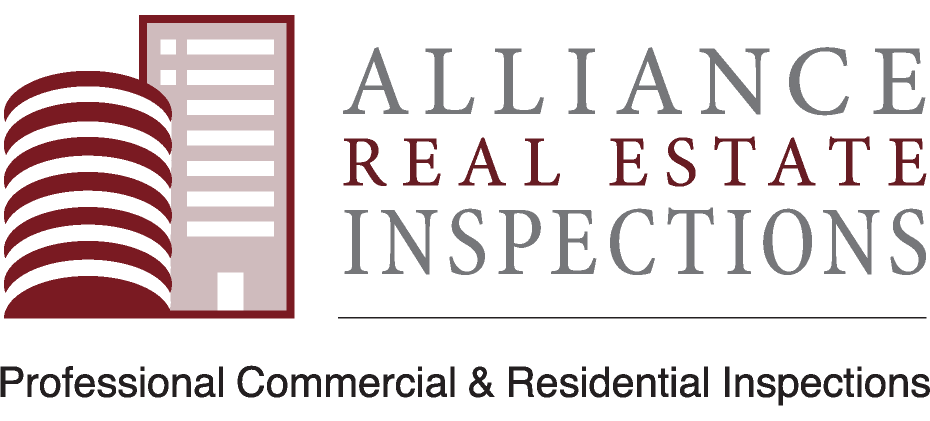Commercial Property Condition Assessments vs. Residential Inspections

On a residential inspection, an inspector will follow the guidelines of CREIA (California Real Estate Inspection Association) or ASHI (American Society of Home Inspectors). The procedure involves examining systems or portions of the property for visible defects, which the inspector then flags and defers to the appropriate specialist. The inspector does not include estimates in the report, nor does he get specific on remedies. This guideline is intended for multi-family dwellings of 4 units or fewer and any commercial building less than 10,000 square feet.
Ideally, an inspector would conduct an inspection on a home the same way he assessed a commercial building. However, due to the higher level of litigation in the real estate world, this is excluded from the residential Standards of Practice. Inspectors will often give verbal ballpark figures on cost, just to be helpful. But inspectors who follow CREIA or ASHI standards generally do not include it in the report.
The report is termed a PCR (Property Conditions Report.) The person conducting the assessment is referred to as a consultant. Unlike a home inspector, the consultant is expected to provide a Cost to Cure for noted deficiencies and, when possible, write up a remedy. The PCR should also contain a 5-year inflated and uninflated projected cost breakdown, but some consultants provide a 12-year cost assessment. The consultant may also interview the building engineer onsite and look at building plans.

The commercial consultant company may send field assessors to the site to collect the information and take photographs, and then the lead consultant will finish the report, determine the Cost to Cure and work out the 5 or 12-year cost assessment. Our lead consultant, Robert Gaudreault, has over 45 years experience in construction and is a licensed general contractor with a C29 in masonry. He is a member of ASHI, CREIA, ASTM, is infrared Level I certified and has a Construction Management Certificate from UCLA, as well as over 20 years performing inspections and assessments exclusively.
We offer:
• General physical inspection of all types of commercial properties.
• Limited Building Inspection of systems only (reduced fee).*
• Sewer line inspection for residential & commercial (with video).
• Specialized inspections utilizing Infrared Technology.
• Home Energy Score inspections.
• Mold & Moisture inspections.
* The Limited Building Inspection does not follow ASHI or CREIA Standards. This reduced-cost inspection is performed per the Standards of Practice of the Limited Building Inspection.
